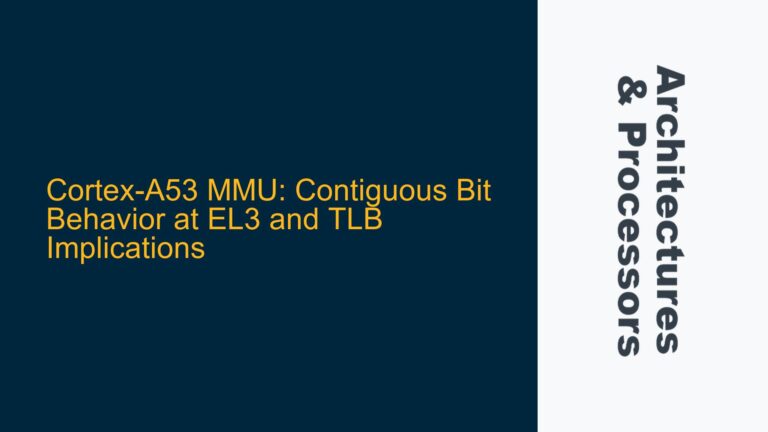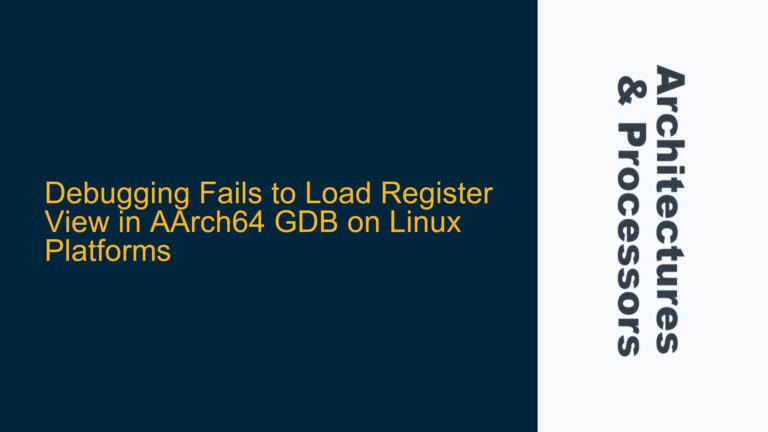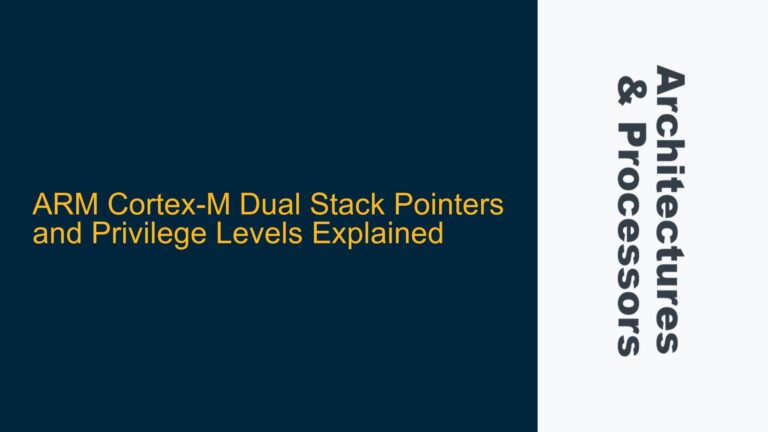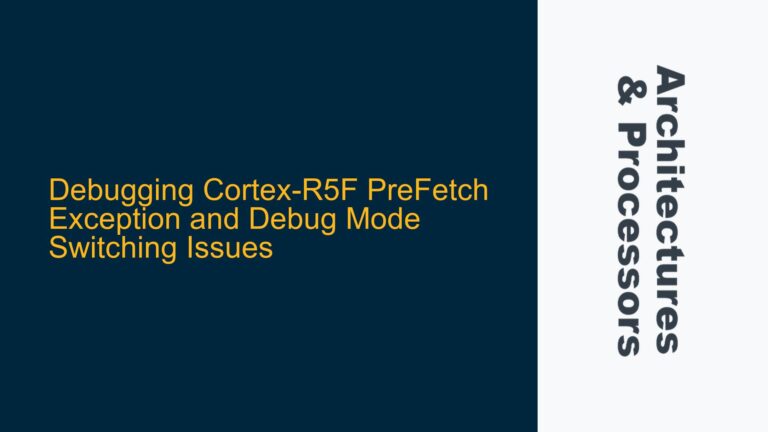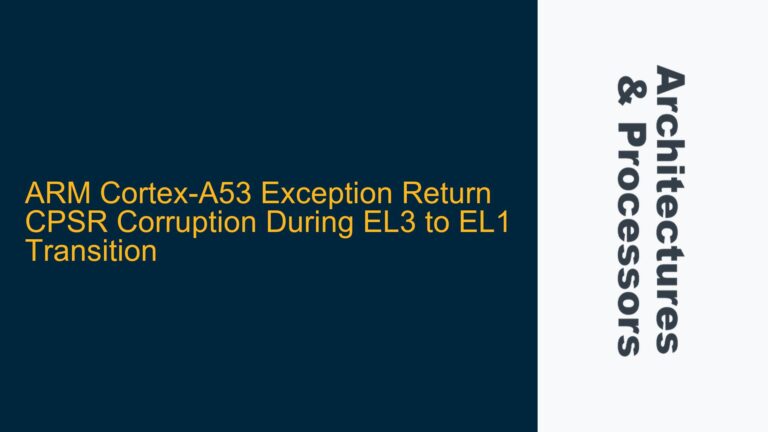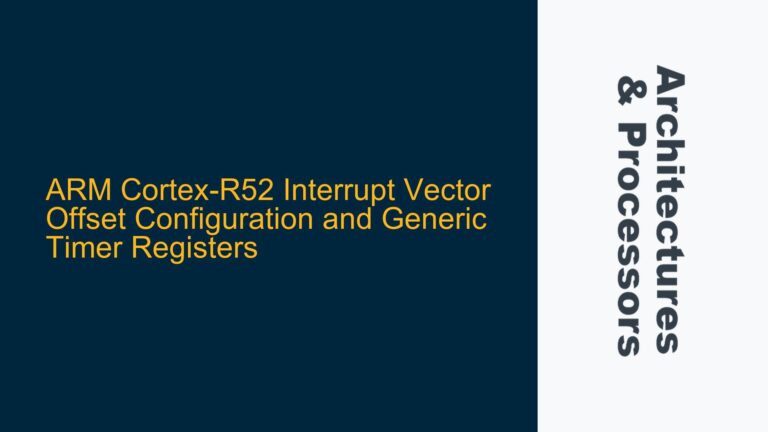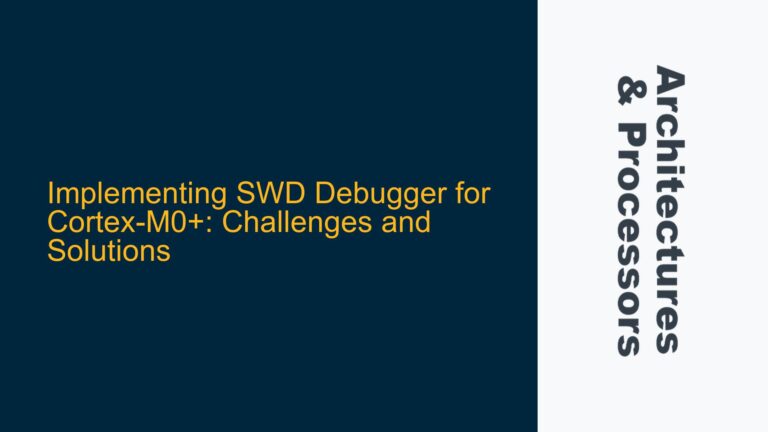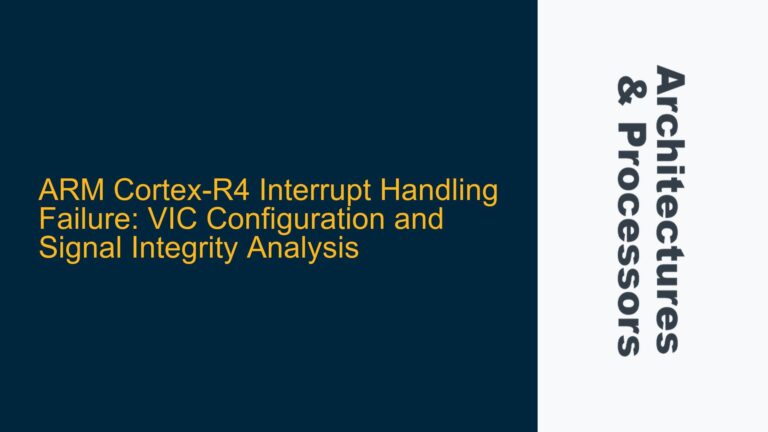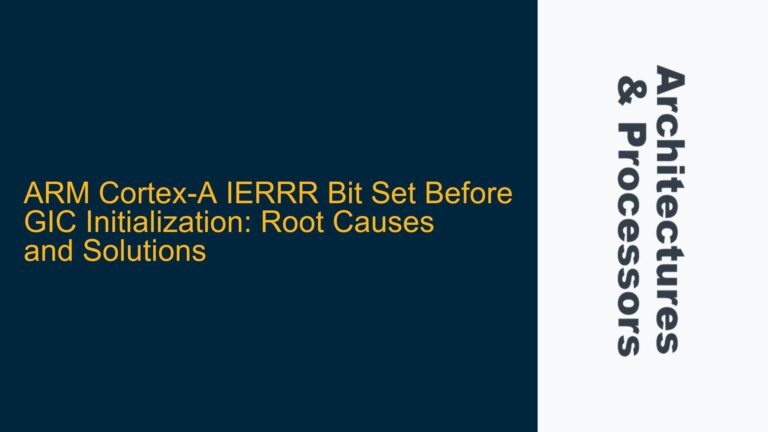Cortex-A53 MMU: Contiguous Bit Behavior at EL3 and TLB Implications
Cortex-A53 MMU Contiguous Bit Functionality at EL3 The Cortex-A53 Memory Management Unit (MMU) is a critical component in the ARMv8-A architecture, responsible for translating virtual addresses to physical addresses. One of the key features of the MMU is the contiguous bit in the block/page descriptor, which is used to optimize translation lookaside buffer (TLB) entries…
